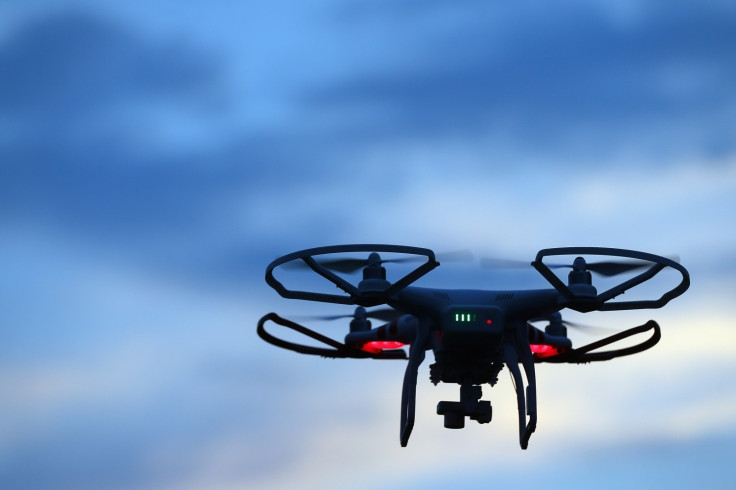Commercial drones could 'penetrate a plane's skin' in midair collision
Reports of close calls between drones and airliners have surged, aviation watchdog study says.

Drones can cause much more damage to aircraft than birds of the same size because of their solid motors, batteries and other parts, a study released by the Federal Aviation Administration in the US has found.
The study's researchers say that aircraft-manufacturing standards designed to cope with bird-strikes are not robust enough for ensuring planes can withstand collisions with drones.
The FAA said it will depend on drone makers to help develop technology to detect and avoid aircraft.
Reports of close calls between drones and airliners have surged. The FAA gets more than 250 sightings a month of drones posing potential risks to planes. Among high-risk scenarios are drones operating too close to airports.
Canadian officials say a drone hit a small charter plane carrying eight people last month over Quebec City, the first such incident in Canada. The plane landed safely.
Researchers from four universities used computers to simulate collisions between drones weighing 1.2kg-3.6kg (2.7lbs-8lbs) with commercial airliners and business jets. In some cases, drones would have penetrated the aircraft's skin.
The researchers said the drone collisions inflict more damage than collision with a bird of the same size and speed because drone components are much more solid.
The study was undertaken by researchers from Mississippi State University, Montana State University, Ohio State University and Wichita State University.
The FAA said studies over the next three years will look at the severity of collisions between drones and other types of planes and helicopters.
The FAA estimates that 2.3 million drones will be bought for recreational use this year, and the number is expected to rise in coming years. Many other drones are used for commercial purposes including news photography and inspecting pipelines, power lines and cellphone towers.
Drone operators need special permission to operate in some areas near airports. The FAA said last month that drone operators often call air traffic control towers to ask permission to operate, which creates a potential safety hazard by distracting controllers from managing the flow of airplanes.





















